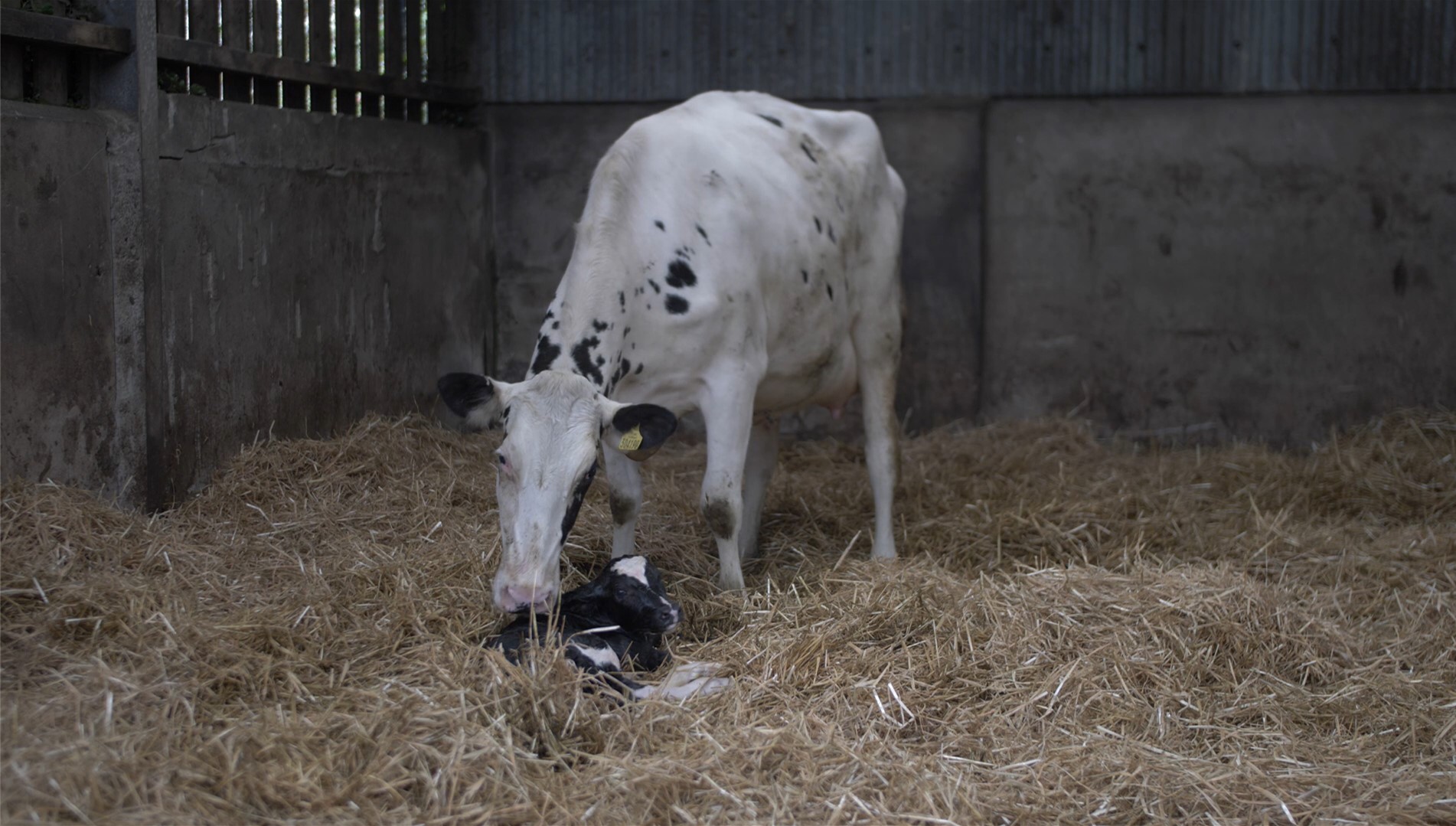
An autumn block-calving system in a dairy farm can be a challenging but rewarding endeavor. However, the intense workload during calving, combined with the demands of a winter routine, often creates a temporary labor gap. To ensure the smooth operation of this system, dairy farmers need to find ways to bridge this gap effectively.
The Labor Challenge
In an autumn block-calving herd, the need for extra labor arises for approximately 12 weeks. This additional workforce, often equivalent to just one person or even half a person, is crucial to maintaining the operation’s efficiency and meeting key targets. However, finding short-term, specialized labor can be easier said than done, according to Ian Browne from the Farm Consultancy Group.
Ian suggests that dairy farm owners should think creatively to fill this labor gap while ensuring their business can afford good labor. With the scale and speed of a block-calving system, a lack of experienced labor can magnify any problems, causing inefficiencies and missed targets.
The Importance of Planning
For the successful execution of an autumn block-calving system, meticulous planning and organization are essential. Ian emphasizes that this process is akin to a complex game of logistics and attention to detail. When things are not set up correctly, the consequences can be severe.
“As the owner or manager, you have to be able to change gears, know what’s a priority job, and instill that in other people. The key is to try to free yourself from routine work,” he advises.
Determining Staff Needs
The number of additional staff required during the first 12 weeks of a block-calving season can vary depending on the farm’s facilities and infrastructure. Unfortunately, there is no fixed ratio of staff numbers to herd size, says Ian. However, scale can be advantageous. Farms with a large number of calves, for instance, can assign a dedicated team to care for them without pulling people away from other essential farm tasks.
Risks of Understaffing
With experienced dairy staff in short supply, some farms may be tempted to rely solely on their regular team. However, this approach can lead to overworked employees, and things can quickly go awry.
Ian warns, “If calves are not getting a good start, disease comes in. If you’re not on top of the cows, you risk missing milk fever or mastitis. Lacking labor means things don’t get done, and you are forever chasing your tail.”
Delegating Tasks
To address this issue, Ian suggests that skilled staff focus on critical tasks such as calving, colostrum management, and first milkings. Other tasks like feeding and cleaning can be delegated to others. He also recommends simplifying tasks that can be performed in one go, such as having the vet dehorn all calves at once or sending calves to be contract-reared.
Preparation and Monitoring
Ideally, relief workers should be employed three to four weeks ahead of calving to undergo an induction process. This period allows them to familiarize themselves with the farm, understand their responsibilities, and receive necessary training so they can start working effectively from day one.
Farm owners play a crucial role in keeping their staff motivated and ensuring that every job is covered. Ian stresses the importance of regular breaks for workers, especially younger ones who may not be able to work as long and hard as seasoned professionals.
Setting Protocols
Ian advises setting protocols, particularly for new or inexperienced staff, and holding regular meetings to ensure everyone understands the priorities. This becomes especially crucial during the first eight weeks of the calving block when most of the annual pressure occurs.
“Review the season at the end of calving with the whole team, while it’s still fresh for them. Cover what went well, what went wrong, and what labor gaps need to be filled for next time. Record this and use it to plan for next year. Use your resources to the best advantage,” Ian concludes.
In conclusion, managing labor during an autumn block-calving season is a critical aspect of dairy farming. Effective planning, delegation of tasks, and proactive monitoring are key to ensuring the operation runs smoothly and efficiently. By taking these steps, dairy farmers can mitigate the risks of understaffing and ensure the well-being of their animals.
